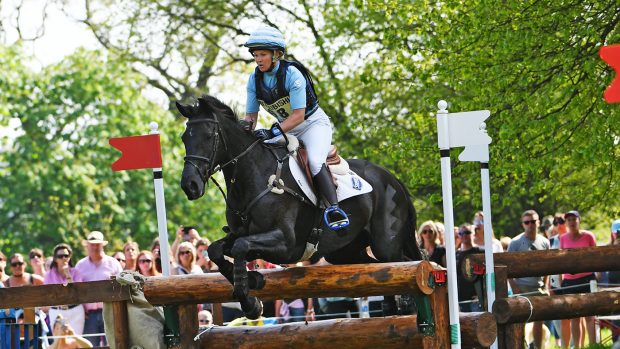Selecting a stallion to breed to your mare can be one of the most exciting parts of the breeding process. But with more and more stallions available to breeders, and extensively marketed, it can be a tricky, and often agonising, decision. So what are the key things you should think about when deciding how to pick a stallion for your mare? We spoke to horse breeding experts to discover their top tips when choosing the perfect sire.
1. Take a long, honest look at the mare in front you, not just her passport. Decide what you like about her, and what you don’t — be critical. Ask a professional to assess her too, so you get an objective picture of her strengths and weaknesses to help you choose a stallion to complement her.
2. Do your research into your mare’s breeding and damline. Look at any other foals her dam or second dam have produced and gain an understanding of what has worked. Don’t forget to thoroughly research the stallion’s damline as well.
3. Know what you want to breed — are you aiming to breed a horse for a particular discipline, or of a specific size? Also consider whether you want to keep the foal for yourself to ride, or whether you plan to sell it, and if that is the case, at what age you would prefer to sell it. If you plan to sell as a foal, opting for a more well-known, commercial stallion will help make your foal more attractive to buyers, whereas if you plan to sell once the horse is under saddle, you can afford to take more of a risk on a lesser-known or up-and-coming stallion as buyers will be able to see the horse perform.
4. Try to view potential stallions in the flesh – when deciding how to pick a stallion for your mare this is an important recommendation – but if that’s not possible, speak to people who have and ask for their thoughts, both positive and negative. If it’s impossible to see the stallion yourself, then try to meet some of his other offspring, so you can get a real feel for their type and temperament.
5. Consider whether a stallion’s offspring tend to be ridden by professionals or amateur riders, as that can tell you a lot about the sort of horses they produce. One way to do this is to examine the breeding of horses competing at the national championships in your sport and whether horses by a particular sire are more often ridden by professionals or amateurs.
6. Ask plenty of questions, whether that’s of the stallion owner, your vet, the semen agent or owners of other offspring. Find out what sort of mares a sire has suited in the past, and what his sons or daughters are like to ride and own.
7. Don’t get hung up on things like colour or markings; as the saying goes, “it’s better to ride a chestnut than fall off a bay”. That said, make sure you choose a stallion you love — don’t be pressured into picking one you don’t really like.
8. If you’re breeding for competition, look for stallions that have been performance tested, or at least have progeny performing successfully at a good level — don’t rely on videos online.
9. Don’t get too caught up with trends — no matter how popular a sire may be, be honest with yourself about whether he will suit your mare and your aims for breeding. Equally, if you are planning to sell your foal, be aware of the market and which stallions are likely to be the most commercial.
10. Ensure that you fully understand the breeding terms with your chosen stallion, and that you know exactly what you’re purchasing. You could be paying per straw with no terms, so would receive nothing back if your mare does not get in foal, or at the opposite end of the scale, some stallions come with a live foal guarantee, and various options to try again if the first attempt is unsuccessful.
11. Find out as much as you can about a sire’s previous fertility record and pregnancy rates. Bear in mind that a number of factors affect fertility rates, many of which can be managed and improved.
12. Don’t rule out using frozen semen. Being open to using frozen semen widens your choice of stallion and, with a good vet skilled in reproduction and a reasonably fertile mare, conception rates can be very good.
You might also like:

12 stallions standing in Britain that breeders need on their radar

What makes a good broodmare – and does your horse have what it takes?

Subscribe to Horse & Hound magazine today – and enjoy unlimited website access all year round
Horse & Hound magazine, out every Thursday, is packed with all the latest news and reports, as well as interviews, specials, nostalgia, vet and training advice. Find how you can enjoy the magazine delivered to your door every week, plus options to upgrade your subscription to access our online service that brings you breaking news and reports as well as other benefits.




